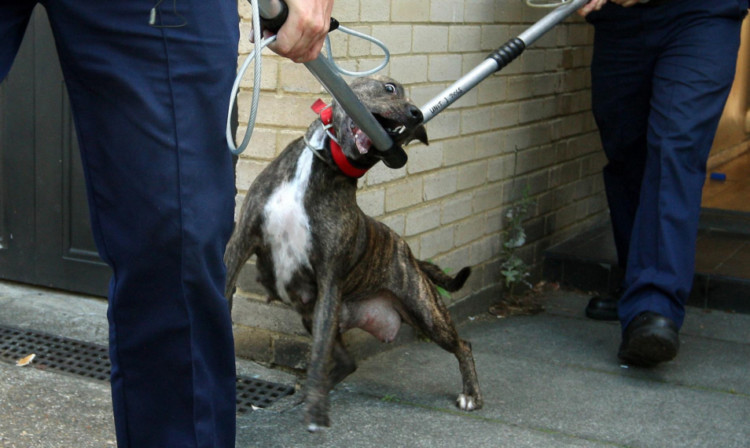
“It’s already an epidemic in America where around 800,000 people a year need medical treatment. It’s getting close to that in the UK.”
Britain must deal with a massive rise in dog attacks by targeting reckless owners.
The warning comes from top dog training expert Victoria Stilwell ahead of a pioneering Dog Bite Prevention conference next weekend.
The event is being held as latest figures show the number of people hospitalised after attacks in the UK has rocketed by more than 51% in the past 15 years.
The rise in Scotland has been a shocking 150% and the level of bites in the north-east of England was twice as bad as in London and the
south-east.
“It’s already an epidemic in America where around 800,000 people a year need medical treatment,” said Victoria, whose It’s Me Or The Dog TV series is screened in more than 80 countries.
“It’s getting close to that in the UK and there is absolutely no doubt that it’ll keep getting worse unless something is done.
“I was in Scotland meeting a lot of fabulous dog owners a few weeks ago and I’m really worried about the massive increase in the attack figures.
“One bite or one death is one too many. I work with victims all the time and it’s not just a bite, it’s a trauma that stays with them the rest of their lives.”
There are now approximately 8.5 million dogs in the UK and more than 6300 people were hospitalised following bites. The highest rate of admissions involved under-10s with children most likely to be bitten on the face and require plastic surgery.
Certain breeds were banned after the introduction of the Dangerous Dogs Act in 1991 but Victoria insists it’s just not working.
“I’d call for a reversal of the ban because it lulls people into a false sense of security,” said Victoria, 44. “Just because you’ve banned pit bulls and other large breeds everything isn’t going to be fine. You can see that from the huge increase in the numbers of attacks.
“We need stiffer penalties for irresponsible and reckless owners. Every dog should be micro-chipped and people have to know that if they allow an aggressive dog to run free they’ll go to jail or be hit with a massive fine.”
Victoria says the
much-viewed online video of a cat saving a young boy from a dog attack shows how children can be seen as “prey”. She warns that young children should never be left alone with a dog at any time.
“Even with parental supervision a dog bite can happen so quickly and so many parents think their dog will never attack. I investigate lots of horrendous maulings and it can happen at any time. I have a Labrador and a Chihuahua and I will never trust them 100%. I don’t trust any dog.”
The inaugural conference in Hampshire will be attended by leading canine behaviour experts and lawyers.
It’s hoped the event and the subsequent first awareness week will help find practical solutions. “We need to get the information out there,” added Victoria. “Often attacks happen because there’s a lack of education.”

Enjoy the convenience of having The Sunday Post delivered as a digital ePaper straight to your smartphone, tablet or computer.
Subscribe for only £5.49 a month and enjoy all the benefits of the printed paper as a digital replica.
Subscribe